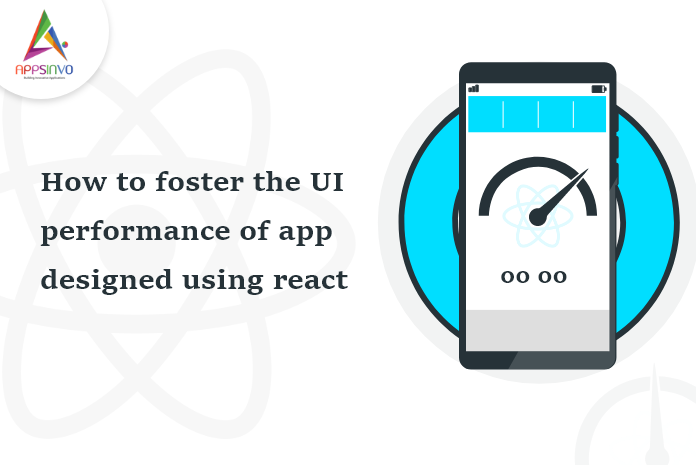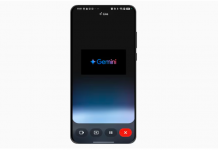Performance optimization of an application created using React is a necessary factor to acknowledge, particularly if you expect to foster the acceleration of the solution. Here you’ll find some easy-to-implement ways to get the production models of your app to the next level.
No concern how many developers you speak to, everyone will assume the identical thing when it occurs to constructing a web application, optimization trumps everything else. By doing an implicit DOM, a top-rated react development company can improve the performance at which it refreshes the user interface of the solution.
How It Works
Each application created using React has various elements located in the structure of a tree. These elements are nothing but the purpose of giving the user interface according to the assistance acquired.
As soon as there’s an exchange in data, React will calculate the variations between the new UI and the current one. If you want to find out how to develop the representation of the user interface of your React app, just adhere to the guidelines explained below
Pure component
If the element requires only a simplistic and lightweight prop balancing and is essential to determine to go/no-go on the determination about the rendering, developers can prolong the first class called the “PureComponent”.
The “PureComponent” represents a reduction of the side effects in the segment. It’s absolutely refined in terms of making modifications to the product only opposite the differences in the characteristic or state
ShouldcomponentUpdated
The purpose of this approach is to demonstrate whether the element requires re-rendering or not. Rendering can be a valuable part linked with the lifecycle during redundancy.
It’s definitely where the real DOM gets renewed. React will distribute only if there’s a difference in the environment or props. Developers can decide to bound this method as well and withdraw calling the render uniquely.
UseEffect
The two guidelines presented above work only for elements based on quality. The providers of react app development services deliver identical decisions utilizing the characteristics of practical elements, such as the “useEffect” hook and “memo.” “useEffect” is very comparable to the “shouldComponentUpdate” described above. It promotes running possibly expensive code, but only if there’s a difference in the variable.
List virtualization or Windowing
Here’s a way that operates with both class and practical components. Developers define it as “windowing” or “list virtualization.” If developers have huge datasets to showcase through lists, then they normally resort to information “windowing.”
In easy words, they easily load and promote just a small part of the data at any moment. It will restrict heavy items of data from influencing the UI to come to a standstill.
Catching the function
If developers have to operate with pricey function invitations, they usually examine caching them. They do it in the style of a memoized cache specified above.
However, the function features will manage and manage the opportunities of caching. In particular, situations, caching gatherings can withdraw fetching data requests entirely.
Final Thought
As a business owner, it’s not your job to know the nitty-gritty of the professional matters described above. However, you can use the knowledge as a source point that you can use to interview dormant candidates. After all, developing an application using react platform isn’t easy, especially if you want an unusually speedy user interface.
Till then, stay safe, stay at home, wash your hands, and be happy
For more updates, stay connected and keep reading
Toddles!!














